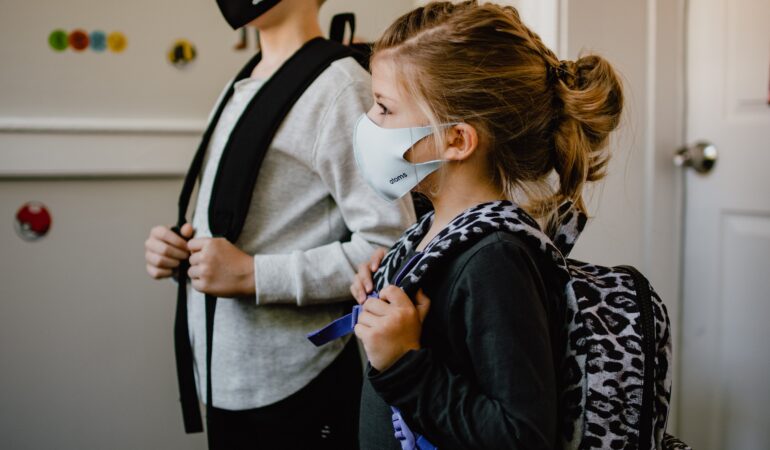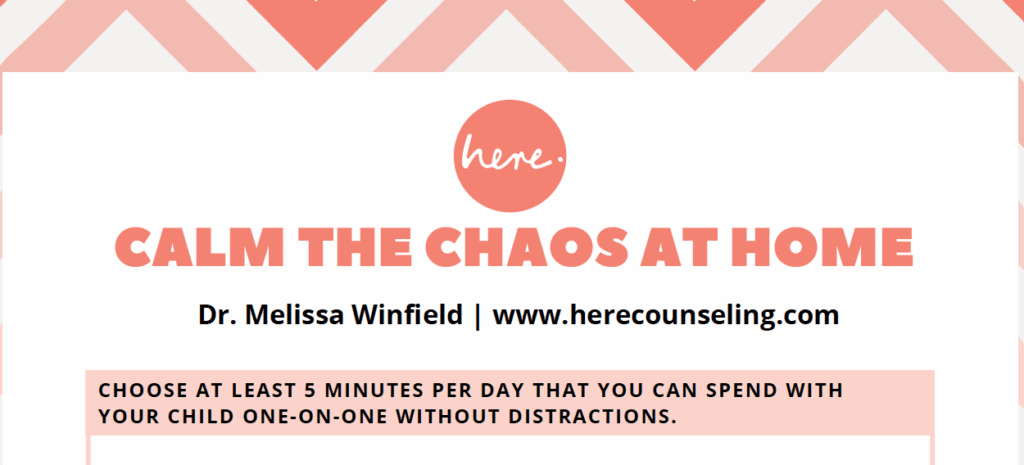One key to a more empowered life: Take time to look up
I remember one of my professors in graduate school once giving the assignment to take time in our week to look up and notice the treetops. It seemed like such a simple assignment, but little did I know how difficult, but also how effective this assignment would be!
It took such intentional effort to slow myself enough from my day full of meetings and other commitments and to stop to look up – and notice. My gaze moved from my usual view of sidewalks and pavement to the beautiful palm tree that stood high above all that I usually saw. I couldn’t help but stop, and hold my gaze for a moment, taking in the tops of all the trees in view.
How had I walked by these trees so often and never taken a moment to look up?
Isn’t this how it can often feel? The never ending to do list, the rush to try to make it to your meeting on time, or just feeling overwhelmed, wondering how you will ever get it all done.
This feeling of anxiousness, worry, and stress can begin to take a toll not only on our mental health, but also can often begin to affect our work, our physical well-being, and even our relationships. You may notice that you are more irritable or lose your temper over the littlest things; or maybe you begin to feel like you just don’t care and start to try to find ways to “escape” or distract yourself. You may even begin to find yourself having difficulty falling asleep or waking up feeling worried or anxious.
3 Things that Keep Us from Looking Up
- Feeling too overwhelmed with the daily to-dos.
- Fear that you may miss something important.
- Not wanting to disappoint others.
Maybe you can relate with one of these. I think many of us can. Which can then make the practice of slowing down seem almost impossible. It is often hard to even imagine being able to take a break from the daily hustle, but sometimes it can be more simple than you may think.
So what does this look like?
Breathing
Take 1-2 minutes to do some simple breathing in your day: maybe in the morning before you even start your day, or at the stoplight while you are driving. Simply relax your shoulders and take a deep breath in through your nose, and slowly release the air all the way out, repeating a few times.
Slowing to notice
It may be just noticing the tops of the trees, or the beauty of a flower, or even savoring a cup of coffee or tea as you sip it, but finding time in your day to slow enough to be present to your surroundings and to let yourself be in the present moment.
Writing in a gratitude journal
Noting the things that you feel thankful for and are grateful for in your day or week and letting yourself have a moment to reflect and delight in these things.
I loved this challenge that my professor gave that day in graduate school to look at the treetops as it propelled me to begin to incorporate this very simple act of noticing and slowing into my weekly routine.
The act of taking a moment to let yourself shift your view away from the worries and angst that sometimes feels overbearing could create just the space you need to begin to feel a bit more empowered for what it is that seems stress filled and overwhelming. If you allow yourself to slow for even just a few minutes, you may begin to reconnect with the beauty that surrounds you; and even may begin to feel that the daily to-dos feel just a little bit lighter.














